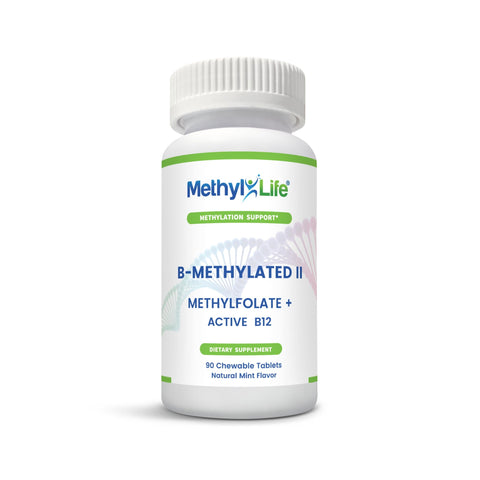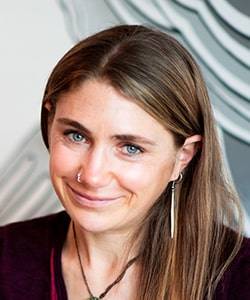MTHFR and Gout
Gout is a painful form of arthritis and a condition that is steadily increasing worldwide. It is now the most common type of inflammatory joint condition in adults, affecting around 8.3 million adults1 in the U.S. alone.
Cases of hyperuricemia have also increased dramatically over the last 50 years, with an estimated 43.3 million Americans now affected2.
Gout causes severe joint pain and swelling, especially in the toes, knees, elbows, wrists, and fingers. If left untreated, it can cause severe damage to joints, kidneys, and overall quality of life. It has also been described as one of the most understood and manageable arthritic diseases.
While gout is often associated with poor diet and obesity, recent research has suggested that the risk of gout may be linked to the MTHFR polymorphism. This common genetic mutation affects some 30-40 percent 3 of the American population.
There is also evidence that elevated homocysteine may be linked to uric acid4 levels.
This article will explain gout and its etiology. We will also discuss the link between MTHFR and gout and how the risk of developing gout can be minimized with the right nutrients.
















